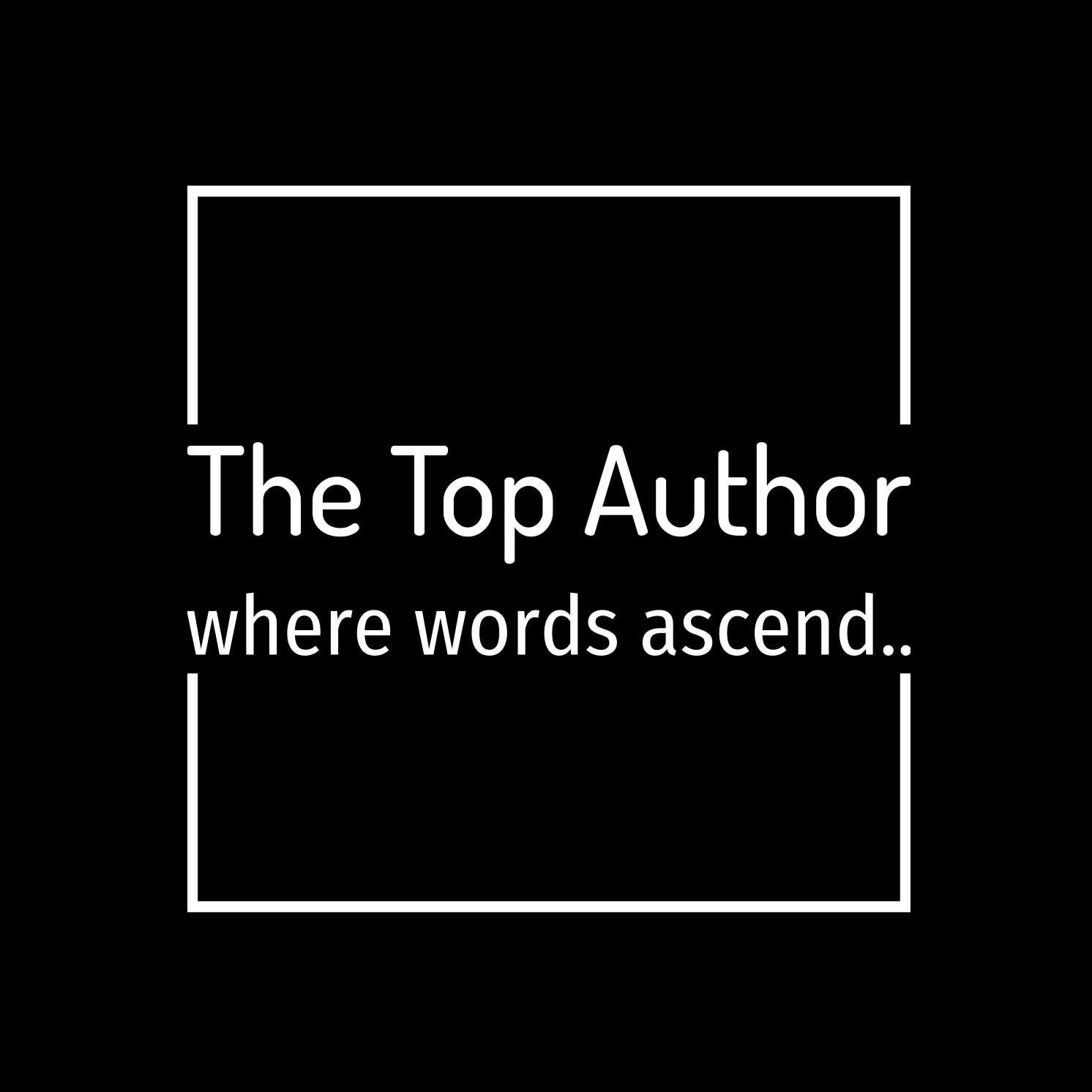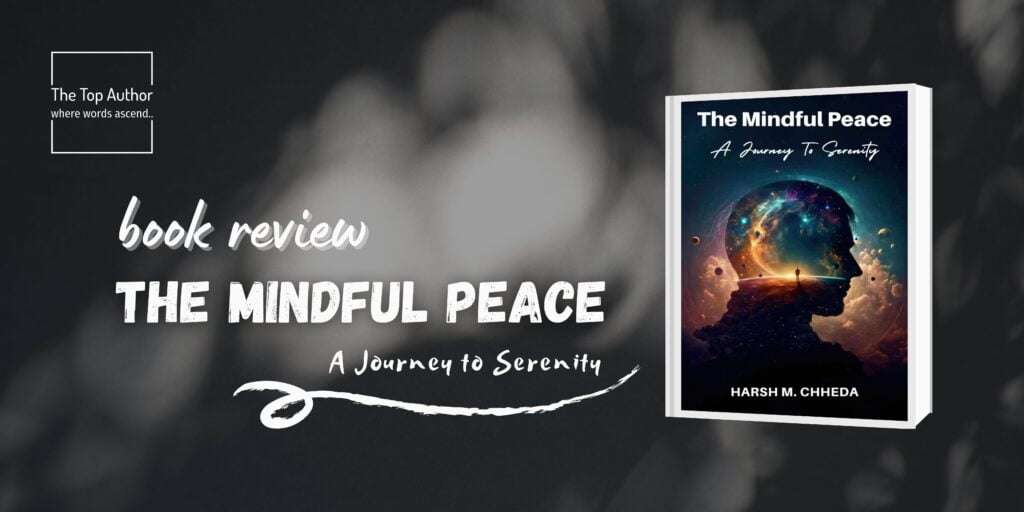Authors hat the roles of creators and navigators, delving into the layers of their minds to breathe life into their narratives. But what goes on in the mental space of these storytellers as they embark on the journey of writing their magnum opus? How do they build engaging narratives that ensnare readers, and what alchemy do they employ to orchestrate unforgettable climaxes and conclusions?
Understanding the Author’s Mental Space
Entering the mental space of an author is akin to traversing uncharted territories, where creativity reigns supreme and imagination knows no bounds. It’s a landscape teeming with ideas, emotions, and the relentless pursuit of perfection. From the inception of a story to its denouement, authors navigate through a myriad of thoughts and emotions, weaving together the intricate threads of plot, character development, and thematic resonance.
Building Engaging Narratives: The Art of Captivation
Famous authors like J.K. Rowling, in her iconic “Harry Potter” series, and George R.R. Martin, in “A Song of Ice and Fire,” have mastered the art of building immersive narratives that transport readers to fantastical realms. Rowling’s meticulous world-building and Martin’s multifaceted characters are testament to their deep understanding of storytelling.

Rowling once revealed that she would often immerse herself in cafes, scribbling furiously on napkins and scraps of paper, letting her imagination run wild. Similarly, Martin, known for his sprawling epic, famously said, “I’ve always considered writing to be a voyage of discovery, so I don’t always know what’s going to happen when I sit down to write.”
Stephen King, the master of horror, is no stranger to the depths of the mind. In his book “On Writing,” King recounts his own battles with addiction and self-doubt, shedding light on the turbulent mental space of an author. Through discipline and routine, King overcame his demons, emerging stronger and more prolific than ever. His story serves as a reminder that creativity flourishes in the crucible of hardship.
Ernest Hemingway, known for his minimalist prose and larger-than-life persona, found sanctuary in the vast landscapes of Africa. In his memoir “Green Hills of Africa,” Hemingway reflects on the challenges of writing in unfamiliar surroundings, highlighting the symbiotic relationship between environment and creativity. His nomadic lifestyle underscores the importance of finding the right physical and mental space for writing.
Crafting Climaxes and Conclusions: The Culmination of Creativity
The climax is the apex of tension, the crescendo of emotions, where the threads of the narrative converge, and the fate of characters hangs in the balance. Crafting a memorable climax requires careful orchestration, balancing anticipation with surprise, resolution with lingering questions.
Take, for instance, the masterful conclusion of “The Great Gatsby” by F. Scott Fitzgerald. In the poignant final pages, Fitzgerald encapsulates the essence of his narrative, leaving readers haunted by the enigmatic allure of Jay Gatsby and the elusive American Dream.
Tips and Techniques: Navigating the Challenges
Overcoming the challenges of the mind zone, timing, and space requires resilience, discipline, and a deep understanding of one’s craft. Authors employ various techniques to maintain focus and momentum throughout the writing process:
1. Routine and Rituals: Establishing a consistent writing routine helps authors maintain momentum and enter the coveted state of flow. Whether it’s Hemingway’s early morning writing sessions or Stephen King’s ritualistic approach, a structured routine can be a powerful ally in navigating the mental space of creativity.
2. Embracing Solitude: Many authors, like J.D. Salinger and Emily Dickinson, sought solace in solitude, retreating into seclusion to commune with their thoughts and channel their creativity. In the solitude of their own minds, they found the clarity and introspection necessary to craft timeless works of literature.
3. Embracing Failure: Embracing failure as an integral part of the creative process is crucial for authors. Rejection, setbacks, and moments of self-doubt are inevitable companions on the writer’s journey. Yet, it’s through perseverance and resilience that authors like J.R.R. Tolkien and Agatha Christie persevered, turning setbacks into stepping stones toward success.
Conclusion
In the vast expanse of the author’s mental landscape, the journey from inspiration to fruition is fraught with challenges and triumphs. By understanding the nuances of this terrain and embracing the tips and techniques that have guided literary titans, aspiring authors can navigate the labyrinth of their minds with confidence and conviction, crafting narratives that captivate hearts and minds for generations to come.








